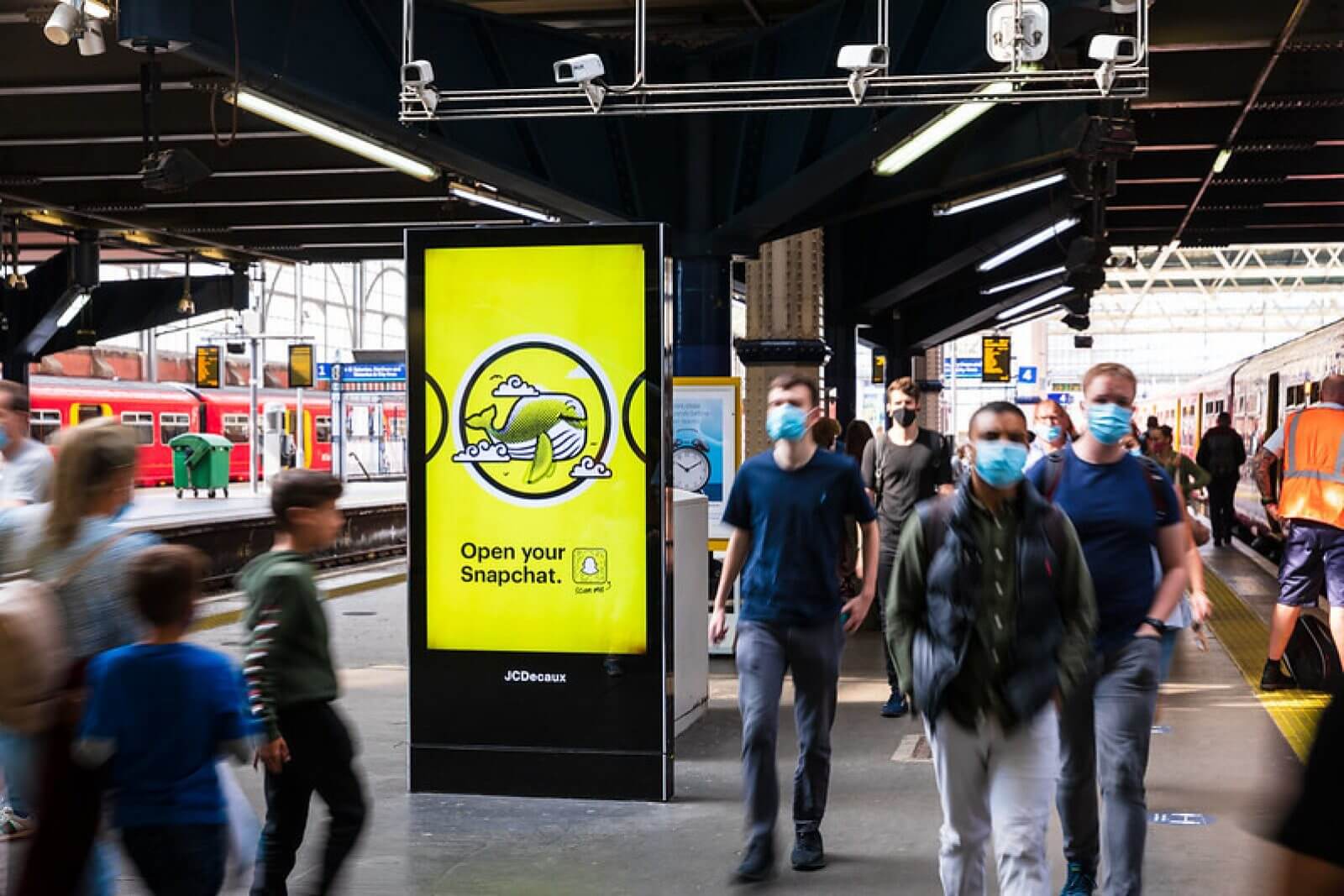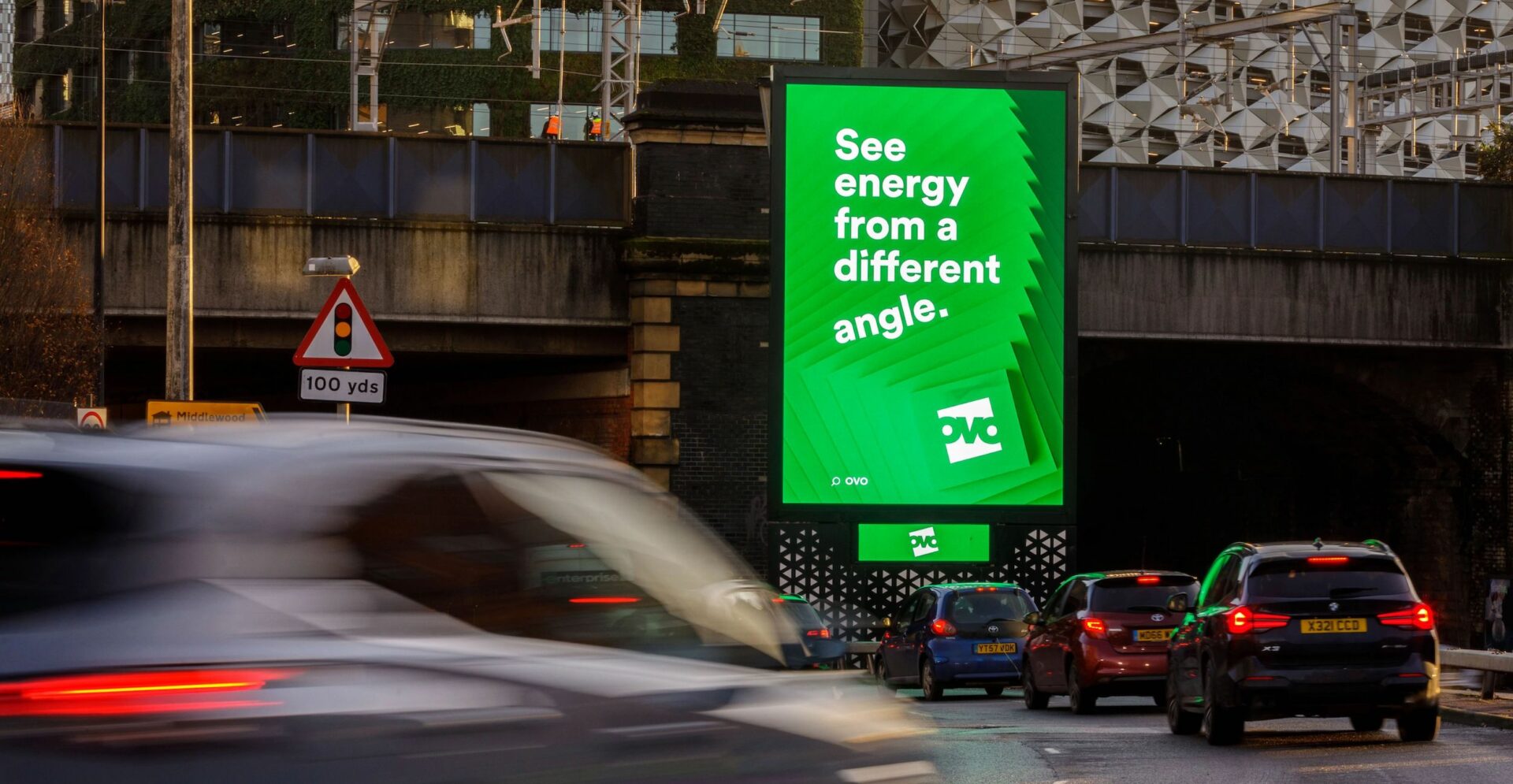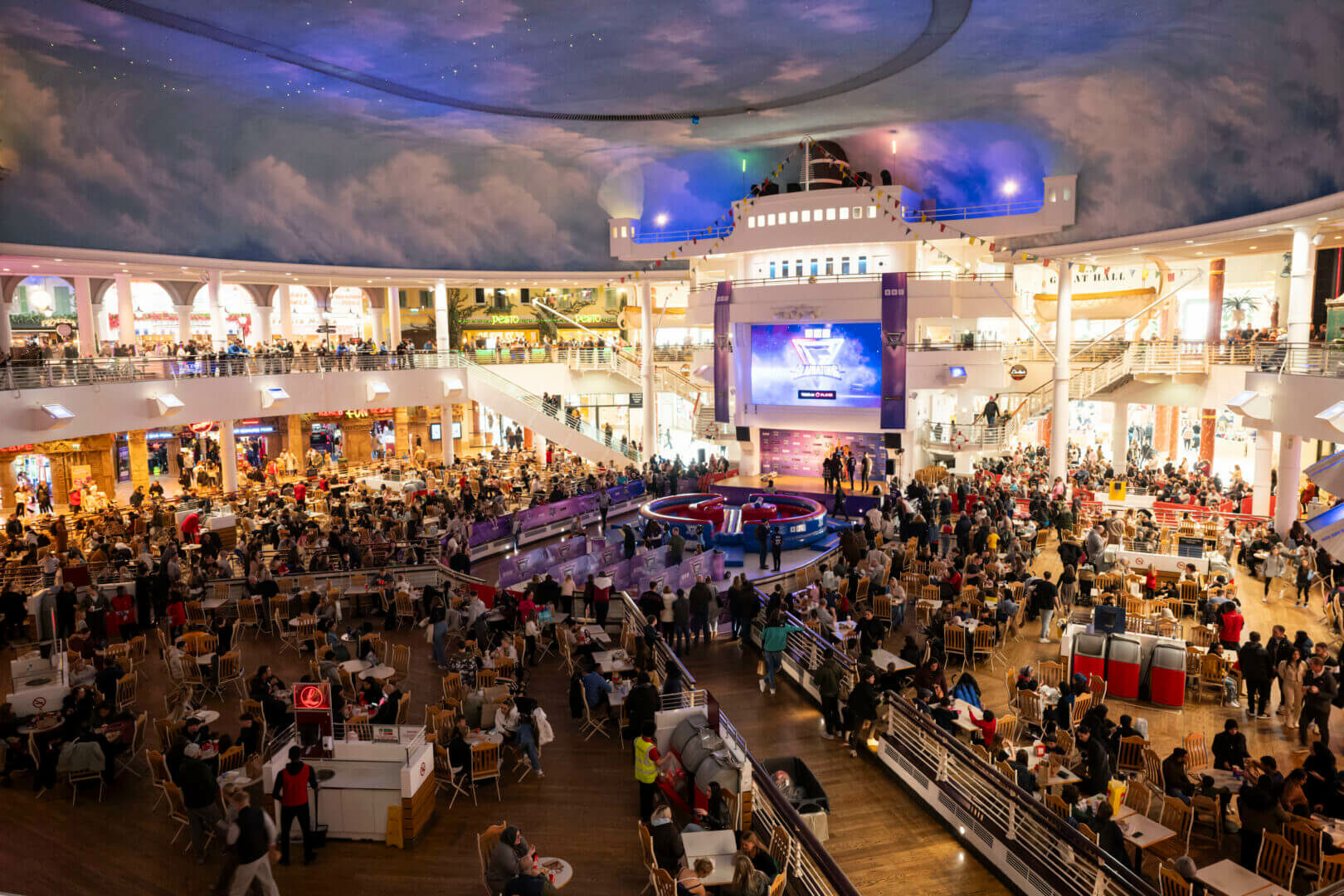The Latest Working from Home & Commuting Trends
One of the greatest misconceptions of the pandemic is that everyone stayed at home for the whole of lockdown. However, the data reveals that this isn’t strictly true. Of the employed population, only 35.9% did some work at home in 2020. Although we’ve become accustomed to working remotely, the majority of us are looking forward to returning to the office again.
Working Patterns
In 2020, ONS reported that the proportion of people working from home more than doubled, with around a quarter of people having worked from home at some point. However, with over 65% of the population now fully vaccinated and all lockdowns lifted, we’re well on our way back to normality.
Currently, over half (56%) of Brits are leaving the house to go to work each week, whether it be full-time or working flexibly. Since the pandemic, flexible working has become more widely accepted and is now being embraced by companies across the UK. In 2021, almost 4 million Brits have been able to take advantage of flexible working hours so far. Despite the rise of flexible working, a recent study from JCDecaux revealed no significant shifts in rail usage pre/post-pandemic (3.5 days versus 3 days).
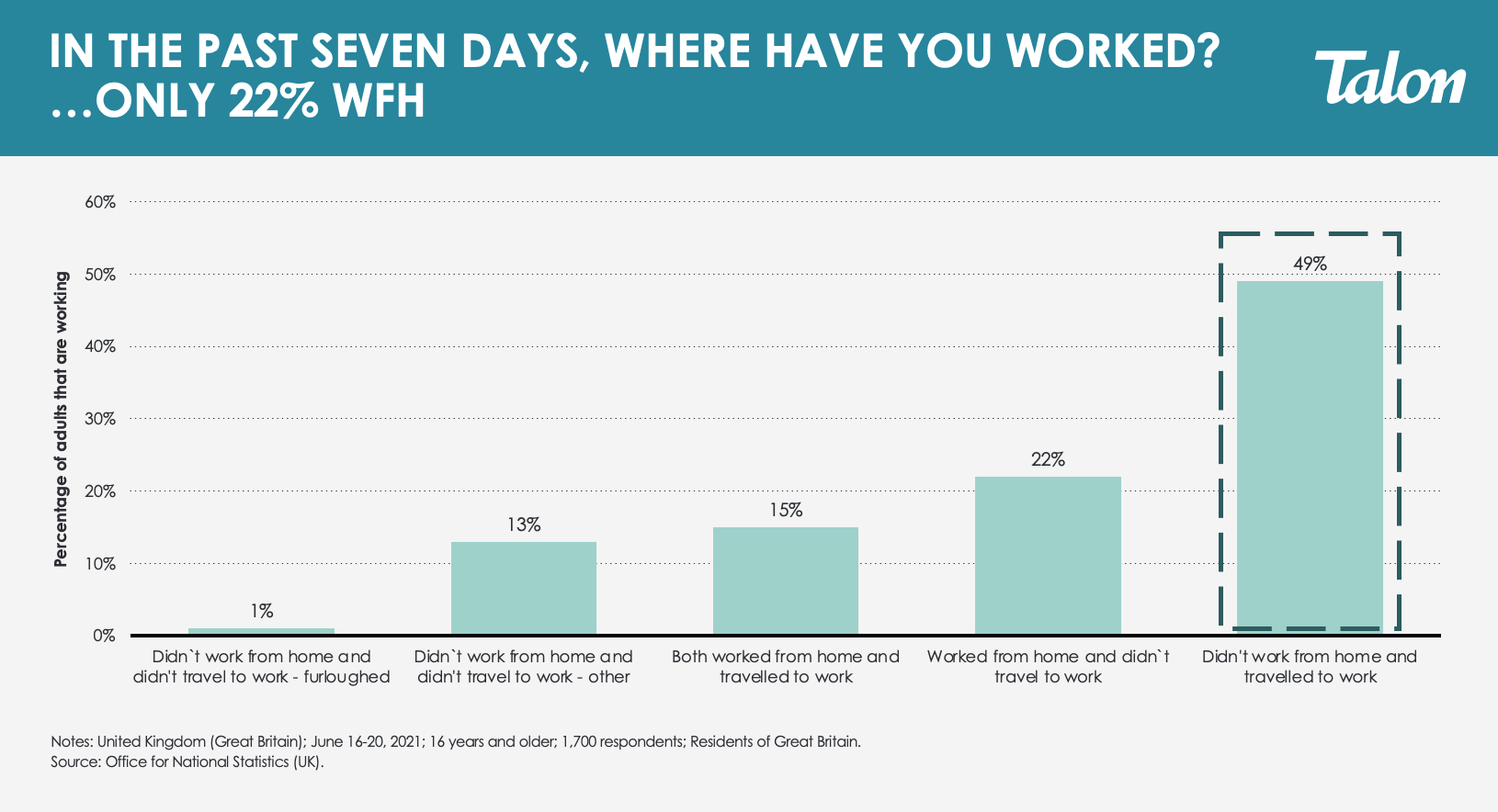
Public Transport & Commuting
As expected, working from home during the pandemic resulted in a reduced number of commuters and journeys made on public transport. As different sectors were reopened across 2020, recovery was gradual. Retail was the first sector to reopen, with JCDecaux reporting that total impressions of rail D6s were sitting at 22% of pre-pandemic levels. Once hospitality reopened, total impressions increased by 10%, sitting at 31%. With all sectors reopened, total impressions were looking promising at 60% in July 2021.
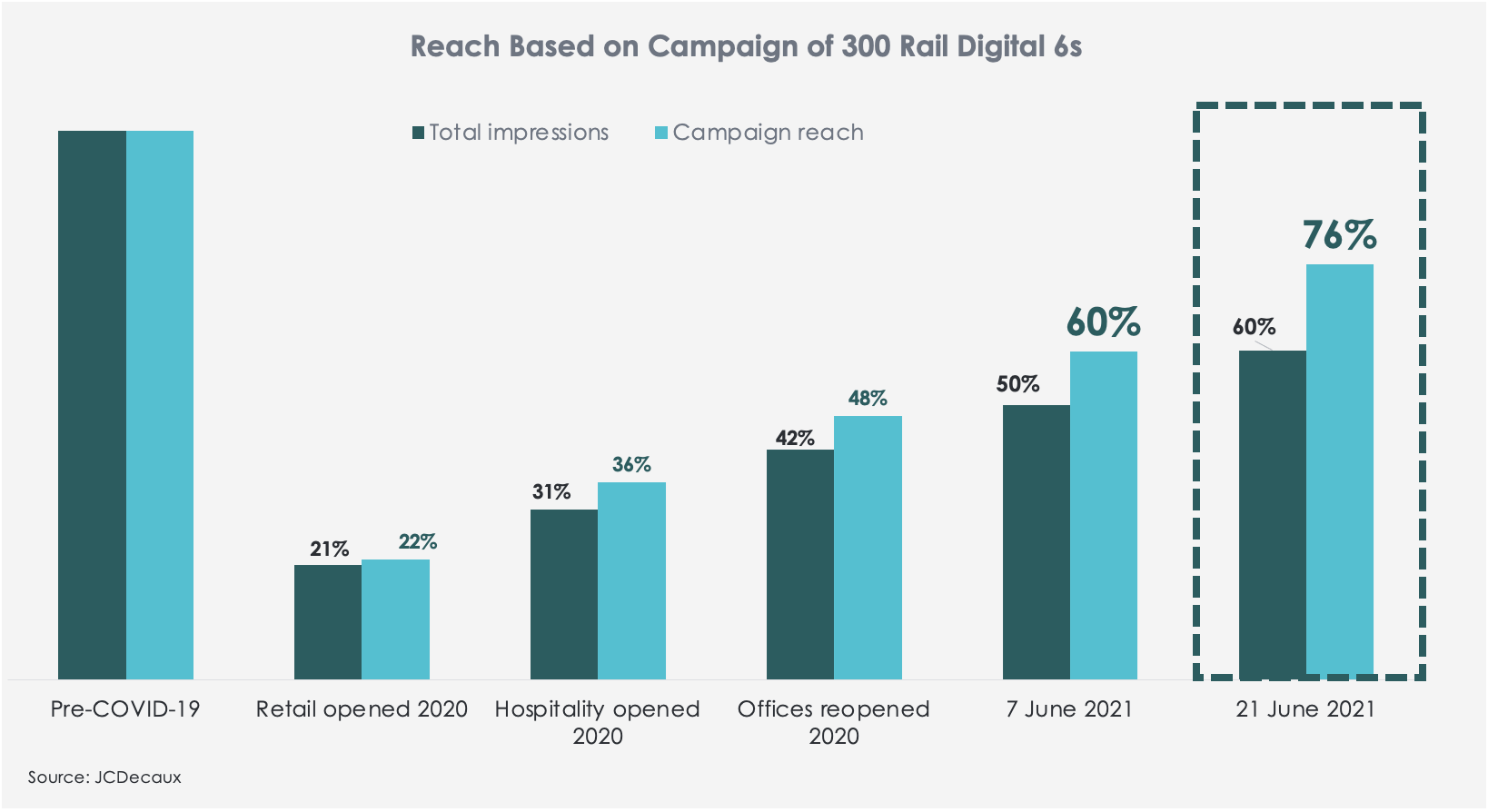
According to Ada, our DMP, visits to rail and underground stations peak on Tuesday and Friday – with Tuesday seeing the highest levels Vs the average. Friday represents the second-highest levels of visits as consumers are using the networks for both commuting and socialising. Sundays see the lowest levels of visits, but this is no different to what we have seen pre-Covid.
In recent weeks, we’ve seen public transport journeys increase as audiences return to the office. This week, TFL reported that rush-hour trips on the tube were up +17% WoW – the highest since March 2020. Buses were also busy once again with +39% more rush-hour passengers WoW too.
Audience Attitudes Towards Returning to Work & Public Transport
Returning to work is something that Brits are looking forward to, with 74% excited for human interactions the most. Collaboration and productivity are key reasons for Brits returning to the office, with 61% saying collaboration is easier and 73% feeling more productive.
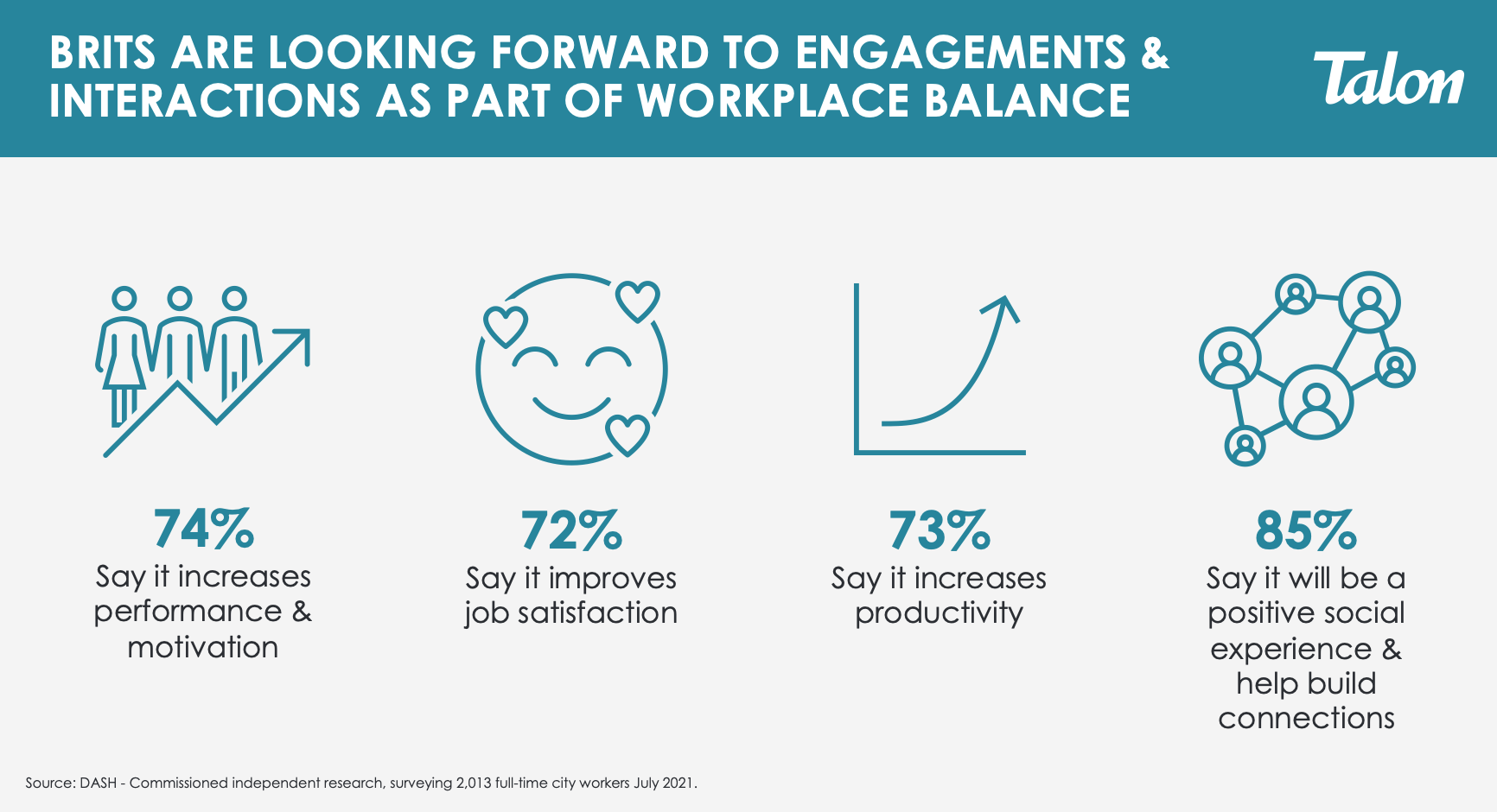
Although video calls have been the backbone of most businesses since the pandemic, Brits are now fatigued and ready for real interactions. 84% of Brits believe that face to face meetings contribute to stronger, more meaningful relationships and 77% prefer to have the ability to read body language.
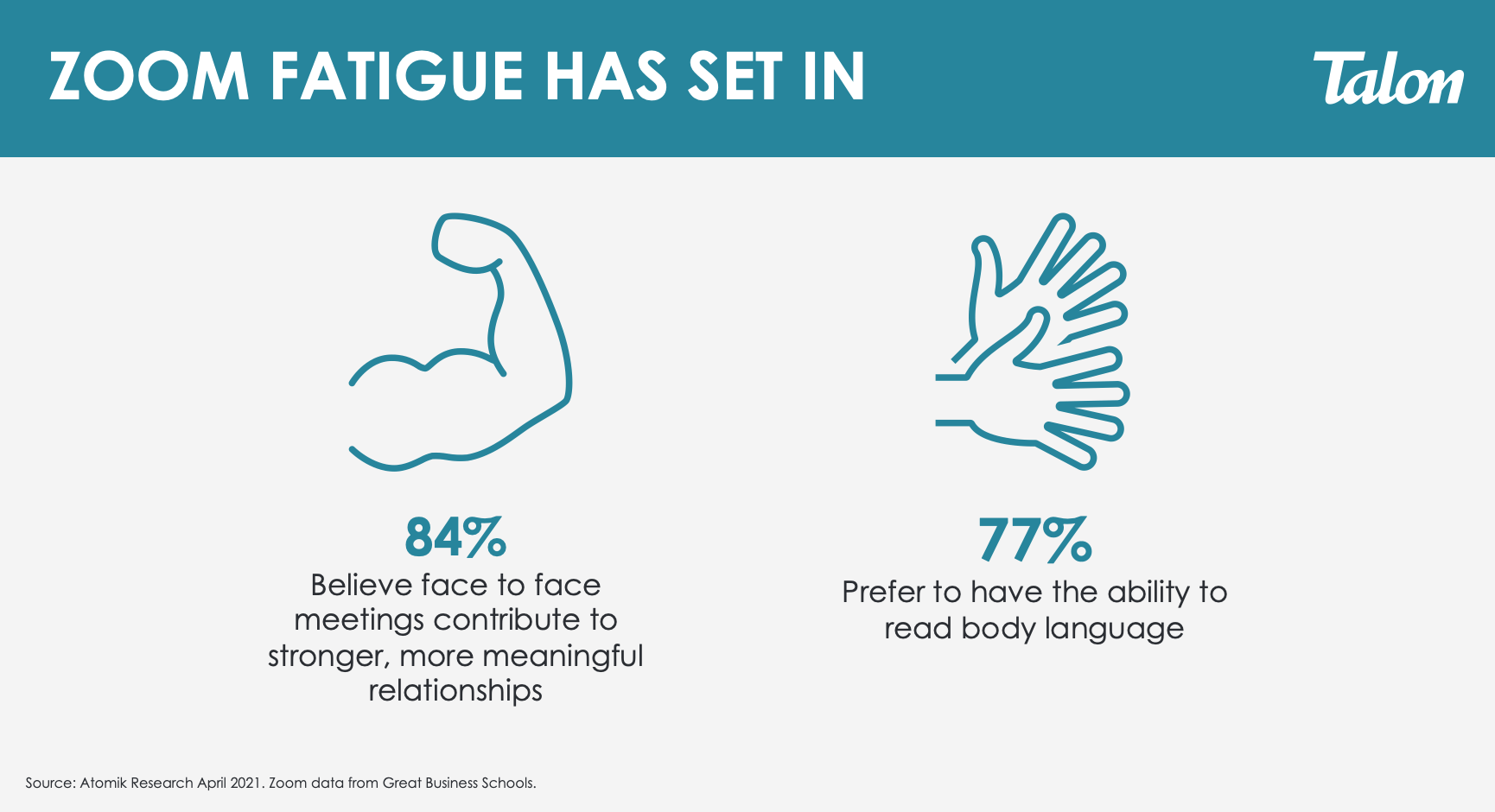
Working in the Future
Looking to the future, TFL expects audiences to reach 80% of pre-Covid levels by March 2022. This is understandable, given all that we now know about flexible working. At Talon, we’re also adopting a smarter working approach, consisting of 3 days a week in the office and 2 days at home to allow for greater flexibility.
As we can see from our own return to the office, people are eager to be back at work seeing friends and colleagues in person again. Office culture, easier collaboration and of course maybe a nice drink at the pub after work, brings back fond memories of the office and makes returning even better than we remembered.
